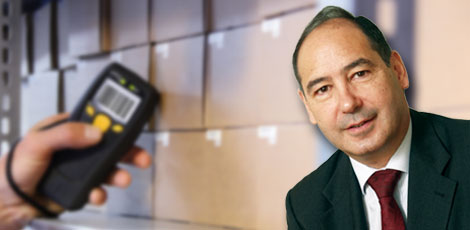Edging towards e-freight
05 / 03 / 2015

IF you have the idea that tar-gets for the IATA e-freight programme keep slipping, you are not wrong.
At the 2010 Air Cargo Forum the expectation was that the whole air cargo industry would be paperless by 2014, but the target IATA now has is for 22 per cent of feasible shipments (ie those where the regulatory environment is in place) to use paperless airwaybills by the end of this year.
Sceptics might find even that ambitious, given the past record. In 2013 IATA was targeting 20 per cent, but by December it had managed only 12.3 per cent.
This, admittedly, was double the 6.8 per cent achieved the year before (when the target was 10), but seems a long way from full adoption. Can any credibility then be given to goals of 45 per cent adoption for 2015 and 80 per cent for 2016?
Des Vertannes, IATA’s head of cargo, does not hide from the fact that 2013 was a disappointing year, but he points to two major factors outside of IATA’s control. One is the sluggish uptake of paperless Customs clearances in several key economies.
Two notable examples are India and China, which have signed the 1999 Montreal Convention [MC] that makes paperless carriage possible, but still insist on physical documents for Customs clearances.
Vertannes says both nations have done successful pilots with paperless methods which were endorsed by Customs and so is hopeful this will broaden into wider acceptance later this year.
But Brazil still insists on a paper airwaybill with the original signature on it, and Russia has yet to ratify MC99, though it hopes to do so this year. Bangladesh, Indonesia, the Philippines, Thailand and Vietnam (among others) have also yet to ratify.
Another drag on e-freight, Vertannes reckons, has been the sixth consecutive year of air cargo market stagnation.
“The pressure is on airline heads of cargo to look for every extra dollar of revenue, while any-thing transformational or requiring IT spend is put to one side,” he says.
An encouraging thought here is that November 2013, which saw the best rise in air cargo traffic in some time, also saw the biggest ever growth in e-freight shipments. So the hope is that if an economic recovery takes hold, so will e-freight.
Read Peter Conway’s full interview in the next edition of Air Cargo News 10 March 2014 – Issue 772.














